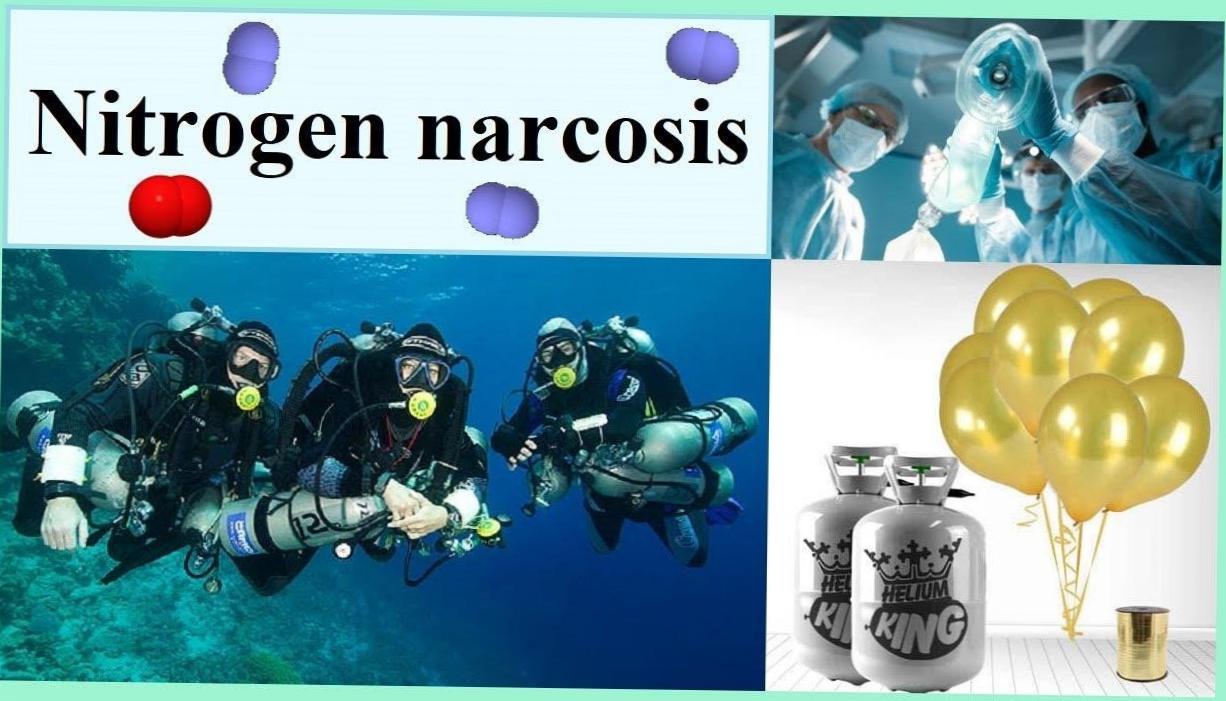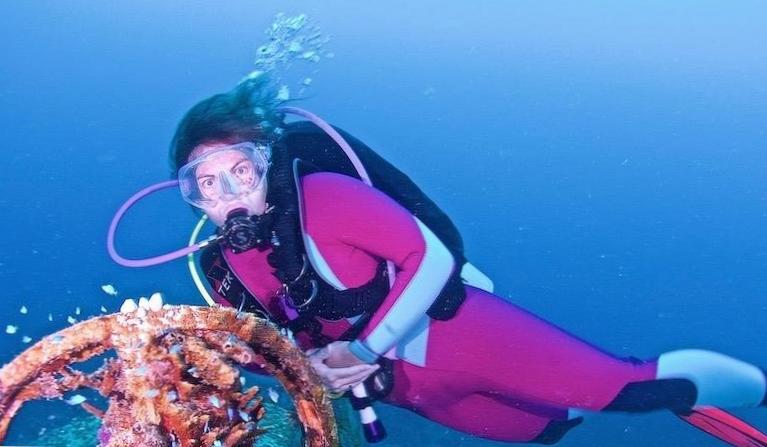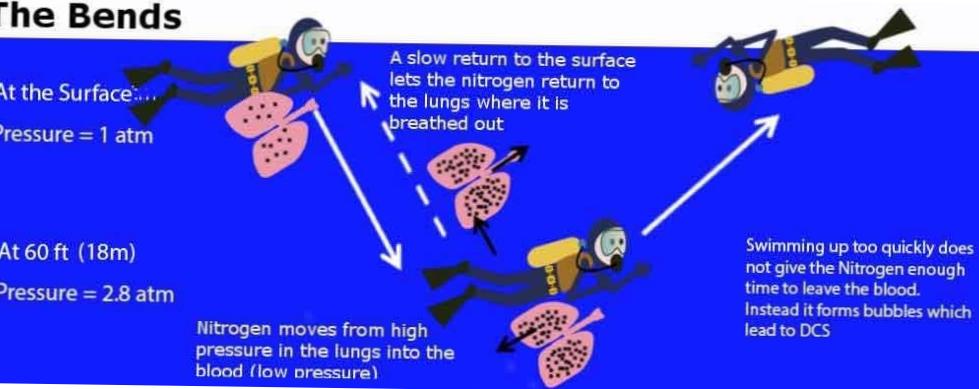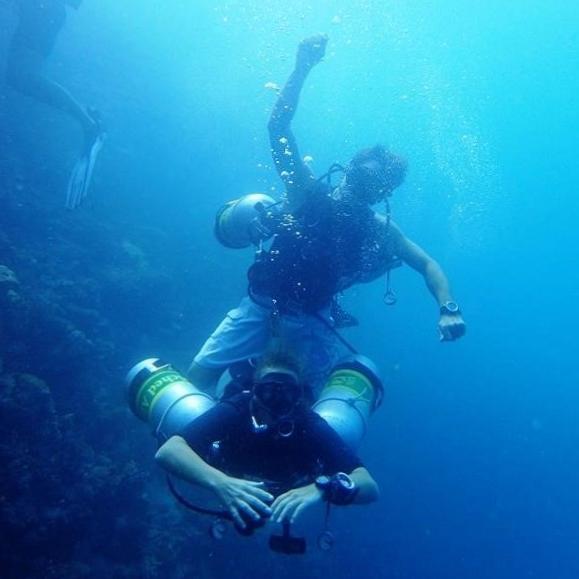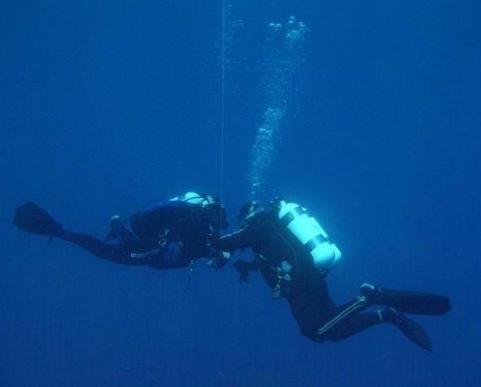The Importance of Understanding Nitrogen in Diving
Introduction to Nitrogen in Diving
Have you ever wondered why nitrogen is so important in diving? Whether you’re an experienced diver or someone considering taking up this thrilling activity, understanding the role of nitrogen is crucial for your safety and enjoyment underwater. Nitrogen is not only present in the air we breathe, but it also plays a significant part in how our bodies react to changes in pressure during a dive. As you descend deeper into the depths, the pressure increases, causing nitrogen to dissolve into your bloodstream. This is where things get interesting – if you ascend too quickly, the excess nitrogen can form bubbles in your blood, leading to a potentially dangerous condition known as decompression sickness, or the bends.
The Importance of Understanding Nitrogen in Diving: The Risks of Nitrogen Narcosis
Diving is a thrilling and adventurous sport that allows us to explore the wonders of the underwater world. However, there are certain risks associated with diving, one of which is the potentially dangerous condition known as nitrogen narcosis. Nitrogen is a major component of the air we breathe, but when diving, the increased pressure at depths can lead to a buildup of nitrogen in our bodies. This can result in symptoms similar to being drunk, causing impaired judgment, slowed reaction times, and even hallucinations. It is crucial for divers to understand the risks of nitrogen narcosis and how to prevent it, to ensure a safe and enjoyable diving experience.
The Importance of Understanding Nitrogen in Diving
When it comes to diving, understanding the role of nitrogen is crucial for a safe and enjoyable experience underwater. Nitrogen is a gas that makes up about 78% of the air we breathe, but it can have serious effects on the body if not properly managed while diving. One of the most significant risks associated with nitrogen is decompression sickness, also known as «the bends.» This occurs when nitrogen levels build up in the body during a dive and are not adequately released during ascent.
Decompression sickness can lead to a range of symptoms, from joint pain and fatigue to more severe cases of paralysis or even death. This is why divers must carefully plan their dives, including implementing safety stops and ascent rates, to prevent nitrogen accumulation in their bodies. Through proper training and understanding of the physiology of diving, divers can manage their nitrogen levels effectively and reduce the risk of decompression sickness.
To give you a visual understanding of why excessive nitrogen can be dangerous, check out this informative video on decompression sickness and its connection to nitrogen.
Moreover, if you’re interested in learning more about the science behind nitrogen and its impact on diving, take a look at the image below. It depicts a detailed diagram of the body’s nitrogen uptake and release during a dive, helping you visualize the importance of controlling nitrogen levels.
By gaining a comprehensive understanding of nitrogen’s role in diving and the potential risks associated with improper management, divers can make informed decisions to ensure their safety and enjoy the wonders of the underwater world. Remember, knowledge is power when it comes to diving!
The Importance of Understanding Nitrogen in Diving
When it comes to scuba diving, understanding the role of nitrogen is crucial for dive planning and safety. Nitrogen makes up a significant portion of the air we breathe, and as divers descend, the pressure increases. This increased pressure affects the way nitrogen is absorbed and released by our bodies. If divers ascend too quickly, the excess nitrogen can form bubbles in the bloodstream, leading to decompression sickness, commonly known as «the bends.» To prevent this potentially life-threatening condition, dive tables and computer software are used to calculate the maximum allowable time at each depth, known as the «no-decompression limit.» These tools help divers plan their dives and control their ascent rates, ensuring that they stay within safe limits to avoid nitrogen-related issues.
diving and nitrogen

